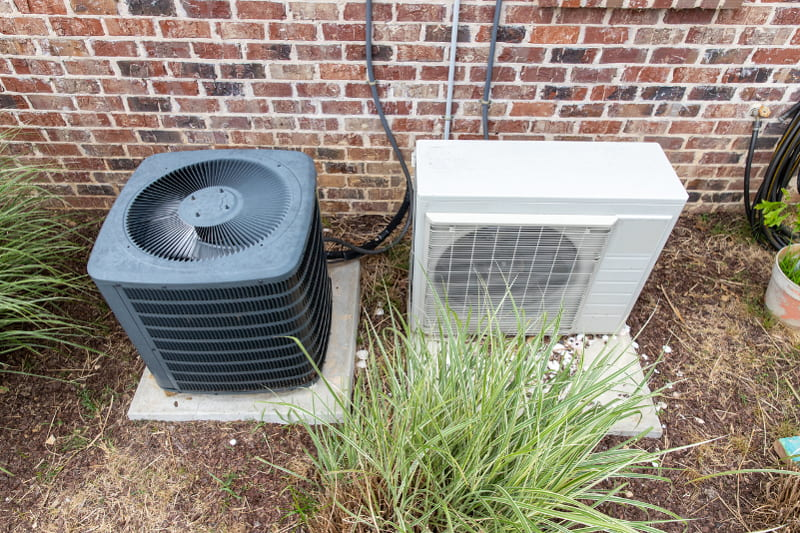Duct vs Ductless Systems: Which Is Better for Your Home?
When considering a new heating and cooling system, one of the biggest decisions is whether to go with a duct system or a ductless system. Both options have advantages and limitations, and the right choice for your home depends on factors such as size, efficiency goals, and budget. Below, we’ll compare the two to help you decide which option is best.
The Basics of Duct Systems
Duct systems, also known as central HVAC systems, use a network of ducts to distribute conditioned air throughout the home. They are commonly installed in larger homes, as they can efficiently heat and cool multiple rooms at once. A major advantage of duct systems is their ability to filter and purify circulating air, which can improve indoor air quality.
However, installation can be invasive and costly if your home does not already have ductwork. These systems also require routine maintenance to keep the ducts clean and efficient.
Understanding Ductless Systems
Ductless systems, also called mini-split systems, include an outdoor unit connected to one or more indoor units via refrigerant lines. They are an excellent option for homes without ductwork, older homes, or room additions. One of their biggest advantages is zoned heating and cooling, which allows you to control temperatures in specific rooms while saving energy in unused spaces.
The trade-off is that larger homes may require multiple indoor units to provide full coverage, which can affect aesthetics and raise initial costs.
Comparing Energy Efficiency
Energy efficiency is a key factor for many homeowners. Ductless systems are often more efficient because they eliminate energy loss through ductwork, which can account for up to 30% of wasted energy. They also allow precise control of heating and cooling in individual spaces.
That said, newer ducted systems have improved with advanced insulation and high-efficiency models, narrowing the gap in efficiency between the two options.
Maintenance and Longevity
Duct systems require professional cleaning and regular inspections to keep dust, allergens, and debris from affecting performance. Without proper maintenance, their efficiency and lifespan can suffer.
Ductless systems are generally lower maintenance but require regular cleaning or replacement of indoor unit filters to maintain air quality and efficiency.
Cost Considerations
Installation costs vary. In homes with existing ductwork, ducted systems can be more cost-effective. Retrofitting ducts into a home without them, however, can be expensive.
Ductless systems are typically more affordable for homes without ducts, but costs increase if multiple indoor units are needed to cover the entire house.
Conclusion
Both duct and ductless systems offer unique advantages, and the best option depends on your home’s layout, your comfort needs, and your budget.
Ready to Decide? Contact Byrdman Inc for Professional Advice
If you’re still unsure whether a duct or ductless system is right for your home, Byrdman Inc is here to help. Our experienced professionals can guide you through your options and recommend the best solution for your comfort and efficiency goals.
Contact Byrdman Inc in Nokesville, VA today at (703) 791-6063 or fill out our online form to schedule a consultation.






